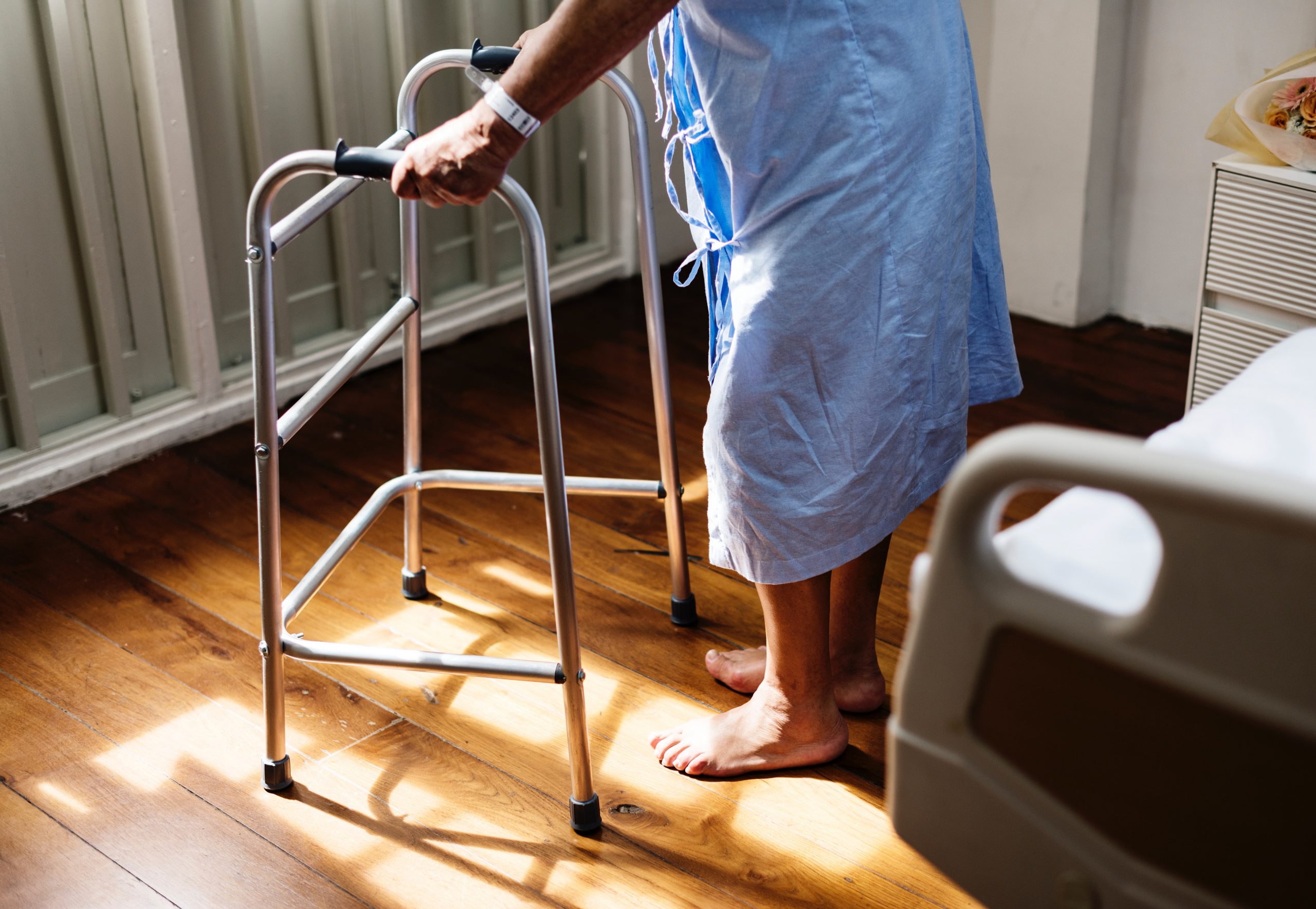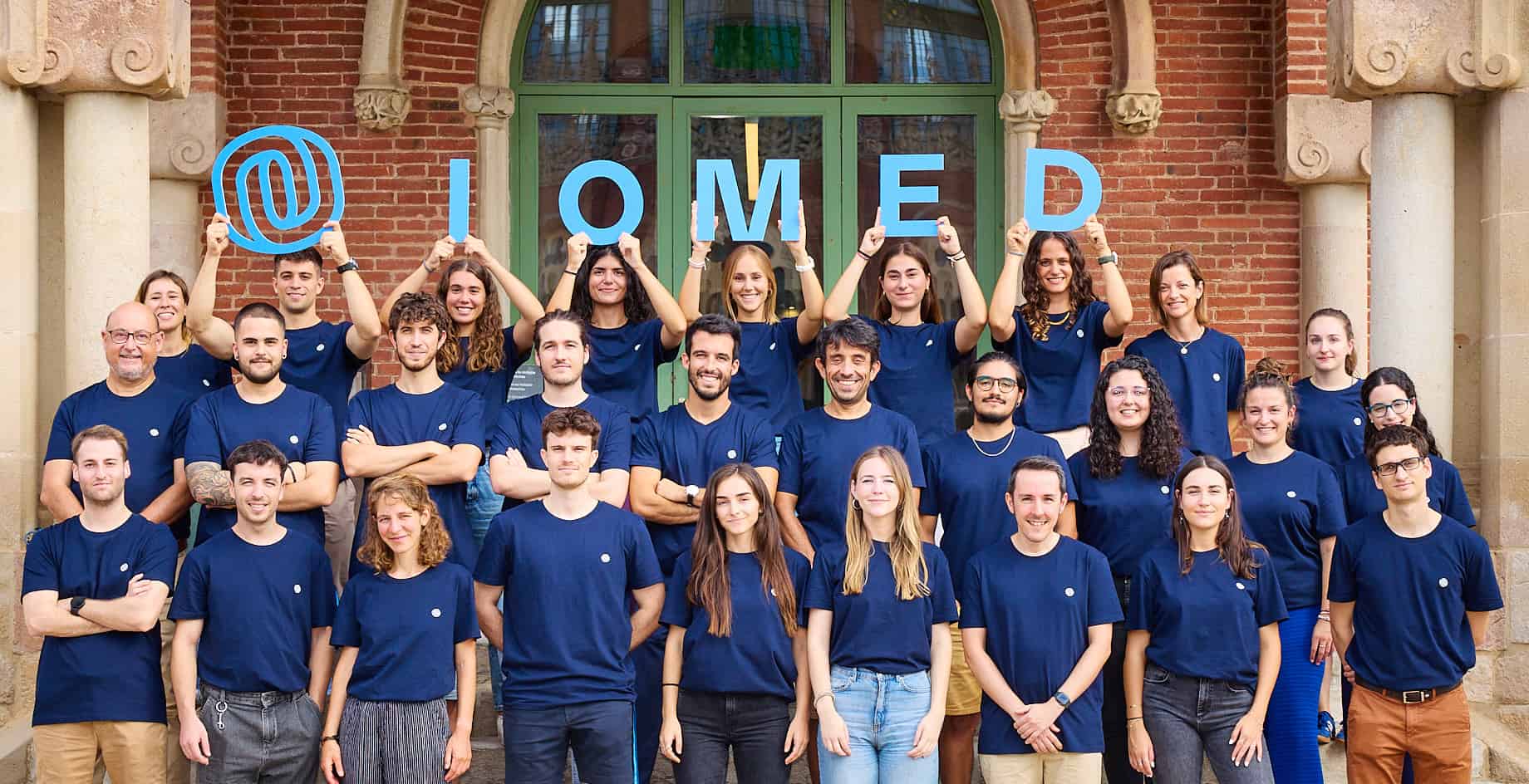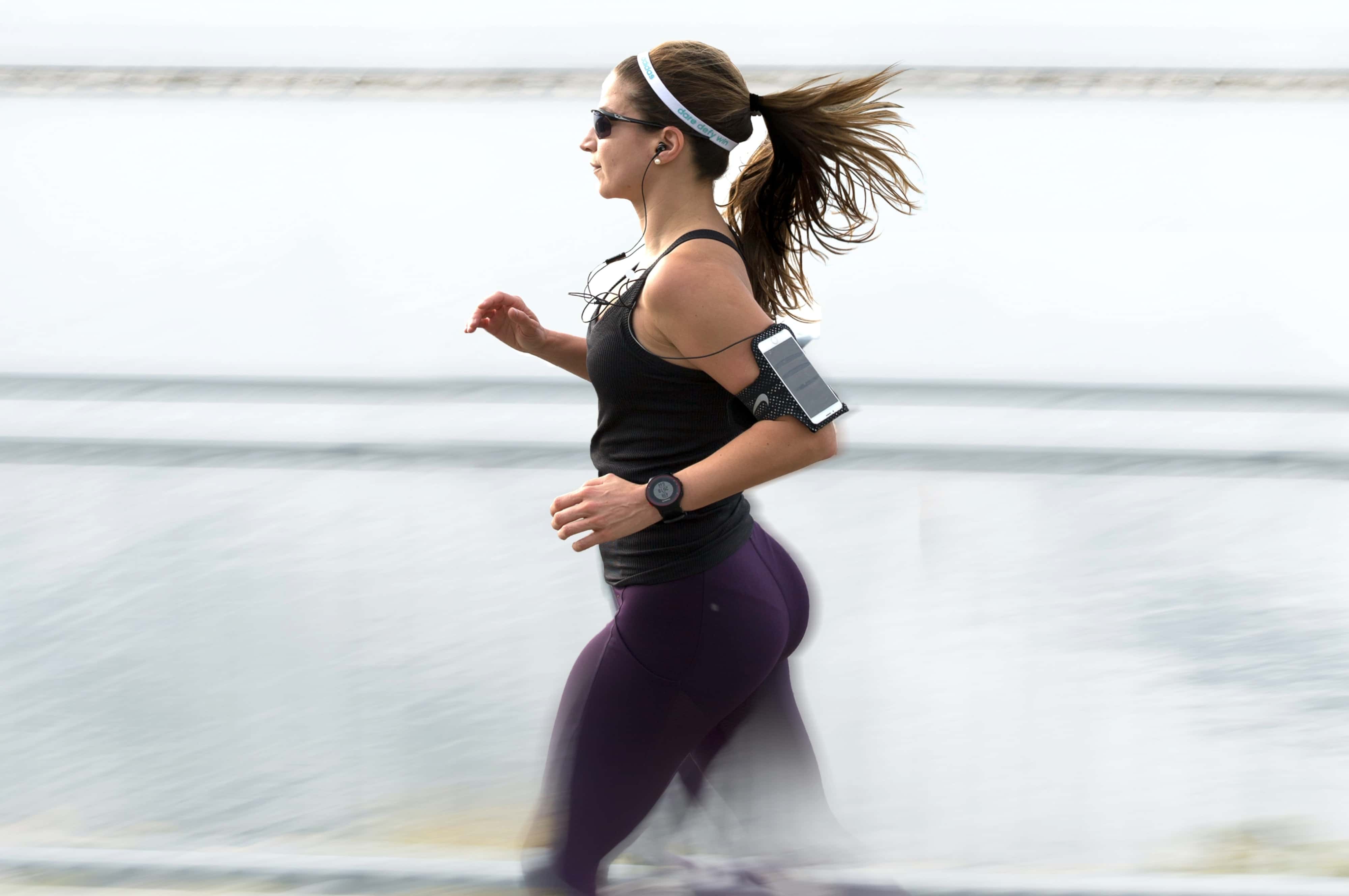
Physical therapy following, for example, hip surgery is fine. But what does a patient do when he is back home? Physical therapists and doctors can now follow that with the help of the app reha buddy. Reha Buddy is designed to facilitate the rehabilitation process. The app of this Viennese start-up registers movement data and can provide feedback on the course of physical therapy by means of special algorithms.
By 2050, the number of people over the age of sixty will have doubled worldwide. This demographic change will also be reflected in an increase in the number of people in need of some form of physical rehabilitation. According to the World Health Organization (WHO), there are currently 75 to 110 million people worldwide who suffer from joint arthrosis (wear and tear of cartilage). Consistently implemented physical therapy can significantly improve patients’ lives. However, only one in three manages to perform the prescribed exercises on a regular basis.
Reha buddy registers movements
Reha buddy wants to change this. The digital attendant registers the movement data via sensors in the soles of the shoes. Special algorithms are used to collect relevant parameters, which are passed on to the physical therapist or physician. For example, reha buddy reports whether the physiotherapeutic exercises are being carried out correctly or whether the person has a normal gait pattern. In addition, the digital buddy can provide the medical advisor with an overview of the physical therapy that the patient does at home.
The four founders are medical engineers and met in a research project led by the Medical University of Vienna. This ultimately led to the development of reha buddy.
Harald Jagoš, CEO of reha buddy, talks about the development of the app.
What problem are you solving and why is it important?
Patients who have had a hip fracture, a knee replacement, a torn cruciate ligament or osteoarthritis are usually very well cared for in the Western world, at least, as long as they are treated in the hospital. But as soon as they are discharged, there is a gap in care. Studies show that two-thirds of all patients neglect the prescribed exercises from physical therapy after a short period of time. This has a negative impact on the long-term success of rehabilitation and on the general state of health.
What was the biggest obstacle you had to overcome? Was there a moment when you wanted to give up?
Giving up was never an option. But our time in the incubator (INiTS) was certainly very challenging. The transition from research and development to entrepreneurial thinking was difficult. You can only learn that from books to a limited extent. You also have to experience it in practice. The search for an adequate business model also took a long time.
Entrepreneurial thinking will continue to be necessary in the future. In the clinical-medical field, we are confronted with long sales cycles. We have to take into account the needs of different stakeholders. But at the moment the demand is promising. This gives us hope and motivates us to meet the challenges of the market.
What were the best moments so far? What were you especially proud of?
The first big successes were certainly the subsidies we received. Admission to the INiTS incubator was a confirmation for us, and so was the promise of the Austrian Wirtschaftsservice (AWS) for a pre-seed grant, which means a budget of almost € 200,000.
As a start-up, we can continuously improve, both personally and professionally. This makes us proud and happy every day. We are able to solve a problem that can help a lot of people. We also get a lot of support from clinical-medical staff. Right now we experience our best moments in customer meetings, when we feel that we can offer exactly what the customer wants.
How difficult was it to get funding?
The e-health sector is currently going through a media boom. The financing landscape in Austria is very good. Nevertheless, funding can only come about through hard work, gathering knowledge and achieving good results. Among other things, we had the advantage of being able to draw on the findings of two research projects with three clinical pilot studies and a small network.
Can you imagine a better location for your start-up?
Healthcare systems differ from country to country. You need to invest enough time to understand them sufficiently. We spent most of our time in Austria, so it was natural for us to start here.
Where do you want to be with your company in five years’ time?
We want to set the standard in digitally supported rehabilitation. It would be nice if in five years’ time every relevant rehabilitation clinic in the German-speaking world would have a reha buddy system in use. Until then, we want to give patients access to our solutions for the home environment. Access also means financing such systems that are supported by health insurance companies or insurance companies.
We hope that by that time more attention will have been paid to prevention in funds and insurance companies and that investments will be made in modern tools to support patients.
What makes your innovation better or different from existing applications?
Rehabilitation and training is a very personal matter. Medical staff have less and less time for their patients. We want to change that by simplifying administrative processes in the documentation so that more time is left for the patients.







